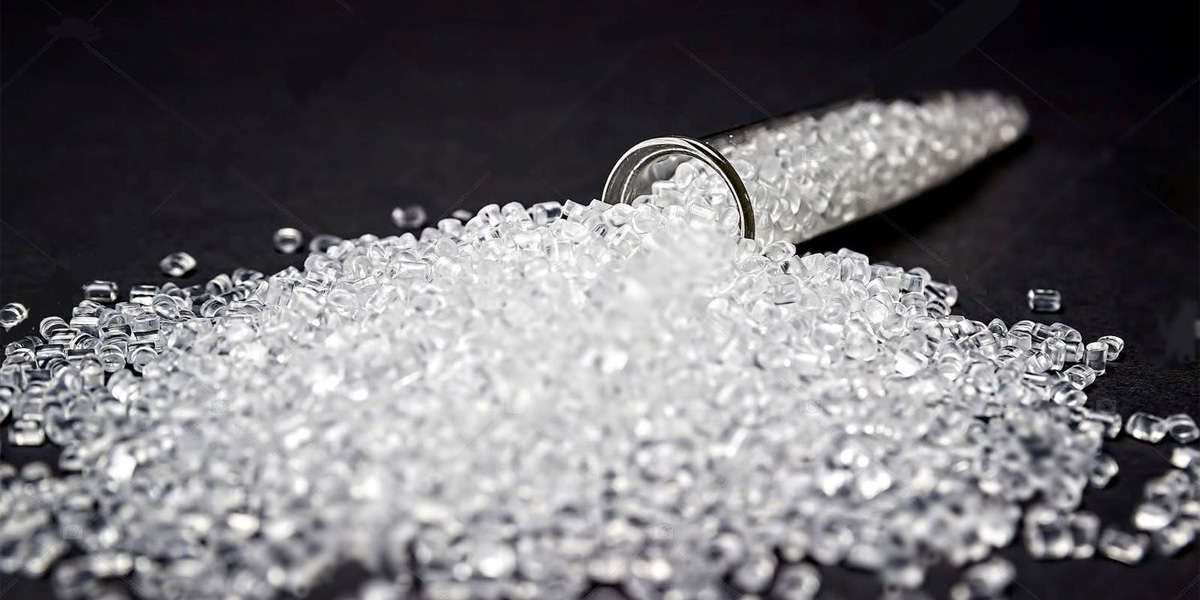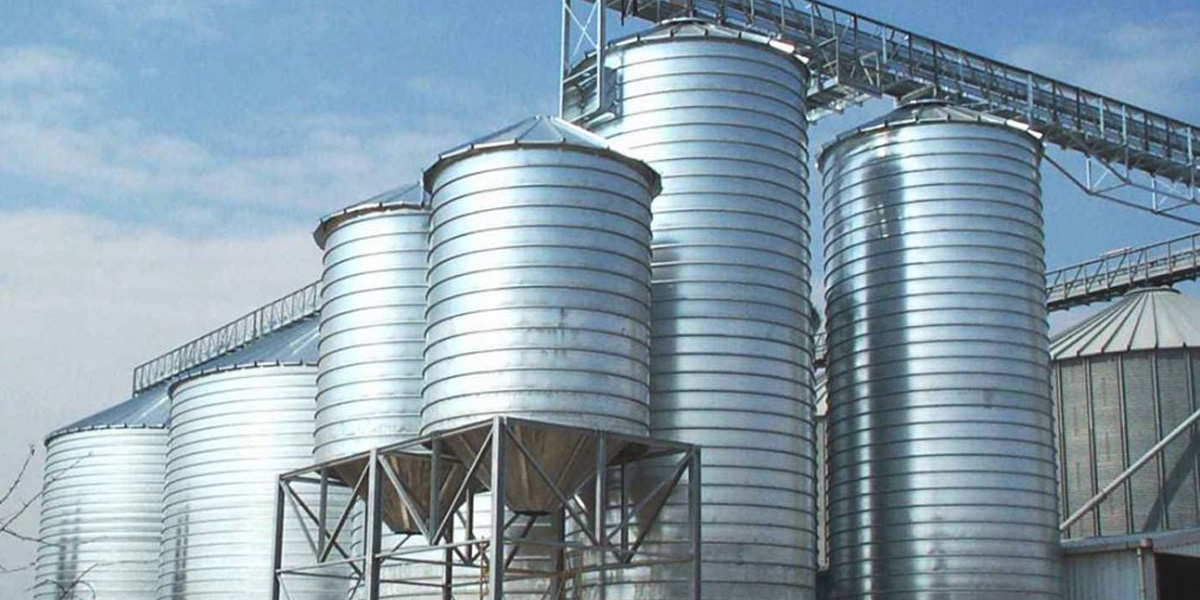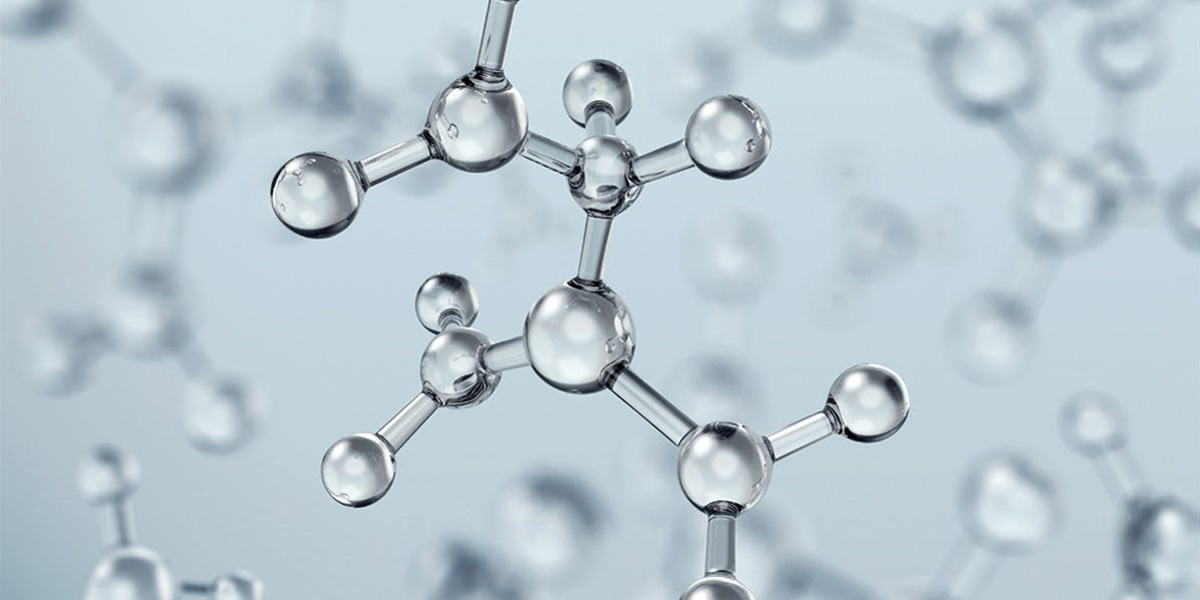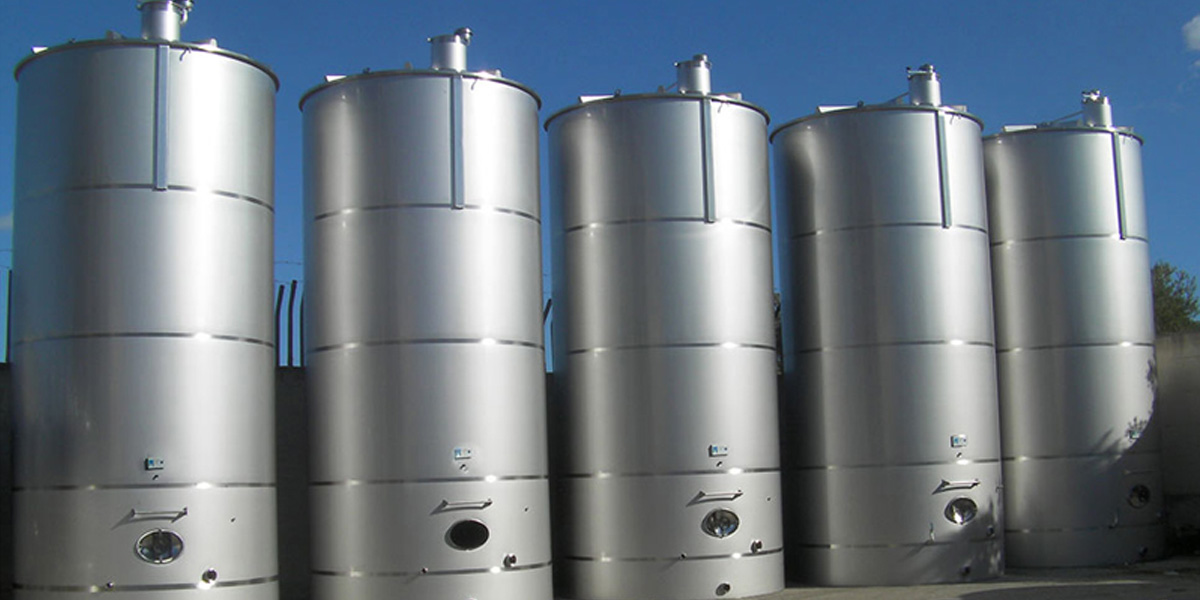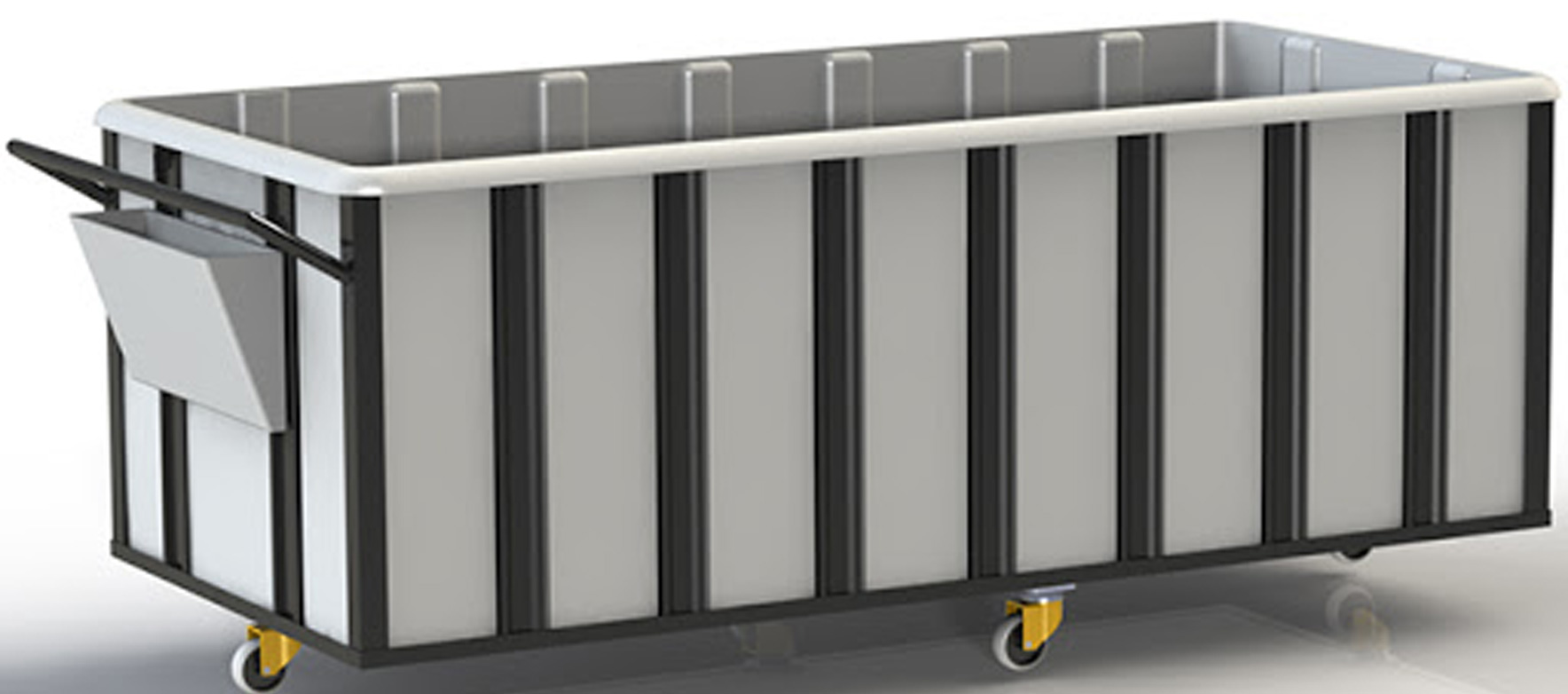Polyethylene and Types
Polyethylene
Polyethylene (PE) is one of the most widely used plastics in the world. Its segments and applications in the industry are common. Polyethylene enables economical packaging of foods with a long shelf life, chemicals to be transported and distributed safely, clean water to reach all parts of the world, new cars to be protected from scratches and other useful applications in daily life. Polyethylene (PE) is characterized by many product lines and product features that provide a wide range of end uses.
Polyethylene Types
LDPE (Low Density Polyethylene) is produced with tubular and autoclave technologies. It can be standard (0.918-0.925 g / cc) and medium densities (0.930-0.940 g / cc) with very low gel levels. LDPE offers high output ratings for all extrusion and injection technologies and complies with food and pharmaceutical standards.
LLDPE (Linear Low Density Polyethylene) is possible from very high densities (up to 0.941 g / cc) to very low density (0.905 g / cc). LLDPE (Linear Low Density Polyethylene) is used in extrusion, roto-molding, blown film, injection molding for food-packaging, floor-heating pipes, frozen food, stretch film, cosmetic and pharmaceutical tubes, etc.
HDPE (High Density Polyethylene); Double modal and single modal for blown film, injection molding, blow molding or other extrusion processes. Certification that meets UN standards for HDPE grades, blow molding and UV-stabilization chemical containers is possible.
Plastomers for modification of PE or PP to increase properties such as impermeability, softness or impact. Plastomers offer a wide range of classes, densities and comonomers (one of the compounds forming copolymer namely: Ethylene-Octene or Butane-based Polymer).
Functional Polymers such as MAH, EEA, EAA create adhesion to other polymers such as EVOH or Polyamide barrier layers in the extrusion process. These adhesives also form a reliable and strong bond to other substrates in co-extrusion processes. EAA can also be used in water-based dispersions or hotmelts (in addition to metallocene-based polyolefin hot melt adhesive).
EVA is used for foam, extrusion or Hot Melt Adhesive applications.
Polyethylene Types
Polyethylenes are divided into 3 groups.
1. Standard Polythene
- LDPE - Low Density Polyethylene
- HDPE - High Density Polyethylene
- MDPE - Medium Density Polyethylene
- LLDPE Butene C4 - Linear Low Density Polyethylene
2. High Performance Polyethylene
- LLDPE Octene C8 - Linear Low Density Polyethylene
- LLDPE Hexene C6 - Linear Low Density Polyethylene
- VLDPE Octene C8 - Very Low Density Polyethylene
- VLDPE Hexene C6 - Very Low Density Polyethylene
- mLLDPE Octene C8 - Metallocene Smooth Low Density Polyethylene
3. Properties and Functional Polyethylene
- EEA - Ethylene Ethyl Acrylate
- EAA - Ethylene Acrylic Acid
- MAH - Maleic Anhydride
- EVA - Ethylene Vinyl Acetate
- Plastomers and Elastomers (Ethylene, Propylene based )
The original applications of the Standard Polyethylene classes are mainly:
- Gathered Hoodies
- Shopping bags
- Industrial films
- Masterbatch carriers
- General packaging
- Crates
- Covers
The original applications of High Performance Polyethylene grades are mainly:
- Insulation pastes
- Lamination films
- Fixing parts (stretch)
- Fuel tanks
- Floor heating pipes
- Frozen food packaging
- Cosmetic tubes
The original applications of Special and Functional Polyethylene classes are as follows:
- Adhesive for barrier layers used in food films
- High performance hotmelt adhesive
- Paper and aluminum coating
- Backing adhesive for fast packaging machines
- DOW Wire and Cable
- Total HDPE, Ravalene
- EL-Lene
- I'm Green
- DOW LDPE
- Lotrene
- Elite
- Dowlex
- Innate
- Attane

